Documenting Local Festivals and Celebrations | Travel Photography Tips
Table of Contents
Toggle
Travel photography is a captivating medium that allows us to capture the heart and soul of various cultures, and local festivals and celebrations serve as prime opportunities to do so. As the world comes together to commemorate traditions, the dynamic energy, vivid colors, and genuine emotions of these events create a vibrant tapestry worth preserving through the lens.
In this article, we’ll delve into the art of documenting local festivals and celebrations through travel photography. By exploring the nuances of preparation, storytelling, technical aspects, and ethical considerations, you’ll be equipped to create stunning visual narratives that capture the essence of these joyous occasions.
The Allure of Local Festivals and Celebrations
Local festivals and celebrations are kaleidoscopic windows into a culture’s soul, where history, traditions, and values converge in a vibrant display of life. They offer a multi-dimensional canvas for photographers to paint stories through their lenses:
- Cultural Preservation: Festivals are living museums of cultural heritage, providing a snapshot of a community’s identity, beliefs, and history.
- Emotional Resonance: The energy and emotions coursing through festivals create a profound connection, allowing photographers to capture the very essence of the human experience.
- Narrative Diversity: From jubilant parades to solemn rituals, festivals offer a diverse range of visual narratives that challenge photographers to capture both the exuberance and introspection of these events.
Festival photography isn’t just about freezing moments; it’s about encapsulating the soul of a celebration and conveying the intricate layers of cultural meaning to viewers around the world.
Preparing for the Festive Journey
Documenting local festivals and celebrations is a complex endeavor that demands meticulous preparation and thoughtful gear selection:
- Cultural Immersion: Immerse yourself in the festival’s history, traditions, and context to better understand the moments you’ll be capturing.
- Strategic Planning: Research the festival’s schedule, identify key events, and plan your shooting locations and times accordingly.
- Essential Equipment: Invest in a versatile range of lenses to capture wide-angle vistas, intimate portraits, and everything in between. Consider the lighting conditions and choose prime or zoom lenses accordingly.
- Backup Essentials: Pack extra camera batteries, memory cards, and charging equipment to ensure you’re never caught off guard during the festivities.
Preparation is the foundation of successful festival photography. It allows you to navigate the chaos, anticipate key moments, and ensure that your technical and creative skills are finely tuned for the task at hand.
Navigating Cultural Sensitivities
As a festival photographer, you are an ambassador of cultural understanding and respect. Navigating cultural sensitivities is a delicate dance that requires empathy, education, and humility:
- Cultural Research: Immerse yourself in the festival’s cultural significance, understanding the rituals, symbols, and traditions that will unfold before your lens.
- Respectful Interaction: Approach festival participants with humility and genuine interest. Engage in conversations, learn about their stories, and seek permission before capturing their portraits.
- Ethical Considerations: Be mindful of sacred moments and private ceremonies. Obtain explicit permission before photographing sensitive rituals, always prioritizing the dignity and cultural integrity of your subjects.
Cultural sensitivity isn’t just a formality; it’s the ethical cornerstone of festival photography. Your photographs should honor and preserve the cultural identity and dignity of the individuals and communities you document.
Storytelling Through Frames
Festival photography is more than isolated snapshots; it’s a symphony of images that weave together to create a narrative tapestry:
- Compositional Mastery: Employ compositional techniques such as leading lines, the rule of thirds, and framing to guide the viewer’s gaze and convey the festival’s energy and emotion.
- Narrative Arc: Craft a visual story by capturing the festival’s progression from anticipation and preparation to climax and culmination. Each image should contribute to the larger narrative, offering a sense of continuity and context.
- Human Connection: Candid shots that capture unposed interactions, spontaneous laughter, and introspective moments add a layer of authenticity and emotional depth to your narrative.
Effective storytelling through festival photography requires the photographer to not only capture moments but also to curate them in a sequence that transports the viewer into the heart of the celebration.
Managing Light and Color
Light and color are fundamental elements that define the mood and atmosphere of festival photography:
- Golden Hour Magic Embrace the soft, warm light of the golden hours – sunrise and sunset – to add a touch of enchantment to your images. These moments offer a flattering illumination that bathes your subjects in a gentle, evocative glow.
- Nighttime Enchantment: Night photography during festivals introduces a world of vibrant hues and dynamic contrasts. Experiment with longer exposures to capture the interplay of artificial and natural light, producing mesmerizing and surreal effects.
- Color Harmony: Pay attention to the color palette of the festival. Use color theory to enhance visual impact, such as complementary colors to create vibrant contrasts or analogous colors for harmonious compositions.
Mastering light and color in festival photography goes beyond technical proficiency; it’s about harnessing these elements to evoke emotions, create ambiance, and accentuate the festival’s unique character.
Freezing Time in Motion
Festivals are alive with movement and energy, and freezing these moments is a skill that requires both technical finesse and creative intuition:
- Shutter Speed Mastery: Adjust your camera’s shutter speed to either freeze fast-paced action or introduce deliberate motion blur. A high shutter speed captures crisp details in dynamic performances, while a slower shutter speed imparts a sense of movement and dynamism.
- Emotional Resonance: Capturing the expressions and interactions of festival participants in the midst of motion conveys the raw energy and emotions that define the event.
- Decisive Timing: Anticipate the peak of action and use burst mode to capture a sequence of images. This increases the likelihood of capturing the perfect moment, where every detail aligns harmoniously.
Freezing time in motion isn’t just about technical skill; it’s about the art of selecting the precise moment that encapsulates the essence of the festival’s liveliness and spirit.
Candid Portraits and Street Photography
Candid portraits and street photography bring the human element to the forefront of your festival documentation:
- Candid Portraits: Candid shots reveal authentic emotions and interactions, showcasing the unfiltered expressions of joy, awe, and camaraderie that define the festival experience.
- Unobtrusive Observation: Engage in unobtrusive street photography, blending into the crowd to capture genuine moments of connection and spontaneity without altering the natural flow of the event.
- Cultural Context: Candid portraits and street photography offer a unique opportunity to highlight the fusion of tradition and modernity, capturing how people engage with their cultural heritage in contemporary settings.
Candid photography within festivals captures the heartbeat of human connection, encapsulating the shared emotions and experiences that bind us all.
Editing and Showcasing Your Work
Post-processing and sharing are integral steps in showcasing the beauty and significance of your festival photography:
- Selective Curation: Choose images that resonate with the festival’s emotions and cultural significance. Quality trumps quantity; each image should contribute to the overall narrative.
- Enhancement with Care: Post-processing should enhance your images while maintaining their authenticity. Adjust colors, contrast, and exposure to match your memory of the festival, ensuring a balance between visual impact and natural representation.
- Sharing Platforms: Utilize social media, photography communities, and personal blogs to share your work with a global audience. Your images become a window through which viewers can experience the festival’s vibrancy and emotion.
Effective editing and sharing amplify the impact of your festival photography, inviting viewers to join in the celebration, experience the emotions, and appreciate the cultural diversity captured through your lens.
Preserving Memories and Moments
Ethical and responsible festival photography ensures that your work contributes positively to the communities you document:
- Informed Consent: Seek permission before photographing individuals, especially in intimate or sacred moments. Engage in conversations, build rapport, and explain the purpose of your photography.
- Cultural Context: Capture images that respect and honor the cultural significance of the festival. Represent diversity and richness without sensationalism or misrepresentation.
- Contributing Positivity: Ensure your photography contributes to the cultural preservation and understanding of the festival. Share your images with the intention to inspire respect, curiosity, and appreciation for the traditions and emotions captured.
Responsible festival photography serves as a bridge that connects cultures, fosters understanding, and preserves the fleeting moments that define the shared human experience.
Conclusion
Documenting local festivals and celebrations through travel photography is an intricate dance between technical skill, cultural sensitivity, and artistic vision. Beyond the camera settings and compositions, festival photography is a journey of connection – to cultures, traditions, and shared humanity.
As you venture into the vibrant tapestry of festivals, remember that your lens isn’t just a tool; it’s a storyteller that weaves narratives of joy, reverence, and celebration. With each click of the shutter, you’re preserving moments that transcend time, inviting viewers to step into the shoes of festival-goers and experience the heartbeat of a community.
Festival photography isn’t just about images; it’s about empathy, education, and a deep appreciation for the diverse ways in which humanity finds reasons to celebrate. As you continue your journey as a festival photographer, embrace the privilege of being a visual historian, a cultural ambassador, and a guardian of emotions that bridge continents and generations.
How much did you like Our detailed Documenting Local Festivals and Celebrations | Travel Photography Tips? Review Also, please share these Blogs with your friends on social media.
Related Article –
- Road Trips Ideas | 12 Tips to Prepare Your Car for a Long Road Trip?
- 150 Best Places to Visit in the United States In 2023
- Road Trip With Kids
- How to Stay Awake While Driving Long Distances
- Audiobooks to Listen to On Your Road Trip
- How to Create an Epic Itinerary Road Trip
- Best Rental Cars For Travel Adventures
Documenting Local Festivals FAQ’S
What makes local festivals and celebrations a compelling subject for travel photographers?
Local festivals and celebrations are rich with cultural significance, vibrant colors, and emotional moments. They provide a unique window into the heart of a community, showcasing traditions, stories, and connections that resonate with people worldwide. As visual storytellers, travel photographers are drawn to these events because they capture the essence of human experience and cultural diversity.
How can I prepare effectively for capturing the essence of a local festival?
- Effective preparation involves both logistical and cultural aspects:
- Research the festival’s history, significance, and schedule.
- Plan your shooting locations and times for key events.
- Pack a versatile range of lenses to cover various perspectives.
- Ensure you have sufficient backup gear, batteries, and memory cards.
- Familiarize yourself with the cultural context and etiquette to navigate the event respectfully.
What role does cultural sensitivity play in festival photography?
- Cultural sensitivity is paramount when photographing festivals:
- Learn about the rituals, symbols, and customs associated with the festival.
- Engage with locals before photographing to build connections and seek permission.
- Approach sacred moments and personal interactions with respect and consideration.
- Strive to capture images that accurately represent the cultural context without misrepresentation.
How can I convey the narrative of a festival through my photographs?
- Effective storytelling in festival photography requires:
- Composing images with the intention to guide the viewer’s gaze.
- Capturing a diverse range of moments, from preparation to culmination.
- Using candid shots to reveal genuine emotions and interactions.
- Arranging your images in a sequence that captures the event’s flow and energy.
What are some strategies for managing light and color during festivals?
- Managing light and color is essential for impactful festival photography:
- Embrace the golden hours (sunrise and sunset) for soft, flattering light.
- Experiment with longer exposures to capture the dynamic ambiance at night.
- Pay attention to the festival’s color palette and use color theory to enhance compositions.
How can I freeze motion effectively during dynamic festival moments?
- Freezing motion requires a combination of technique and timing:
- Adjust shutter speed to freeze action or introduce motion blur intentionally.
- Anticipate peak moments and use burst mode to capture sequences.
- Focus on capturing the emotions and interactions that define the festival’s liveliness.
- What is the significance of candid portraits and street photography in festival documentation?
- Candid portraits and street photography add authenticity and human connection to your work:
- Capture unguarded moments that reveal genuine emotions and interactions.
- Blend into the crowd to document the communal atmosphere without disruption.
- Showcase how people engage with their cultural heritage in contemporary settings.
How should I approach editing and sharing my festival photography?
- Editing and sharing are integral steps to enhance the impact of your work:
- Select images that contribute to the festival’s narrative and emotional resonance.
- Post-process with care to enhance images while maintaining authenticity.
- Share your work on social media, photography platforms, and blogs to engage a global audience.
What ethical considerations should I keep in mind when photographing festivals?
- Ethical festival photography involves respect and responsibility:
- Seek permission before photographing individuals, especially in sensitive moments.
- Capture images that honor the cultural significance without sensationalism.
- Share your work with the intention to promote understanding and appreciation.
How can festival photography contribute to cultural preservation and understanding?
- Festival photography serves as a bridge between cultures and generations:
- Your images contribute to preserving cultural traditions and emotions.
- By sharing your work, you foster understanding and curiosity about diverse celebrations.
- Responsible photography showcases the beauty and richness of cultural diversity.

Meet David Hoper, a passionate travel Blog writer with 7+ years of experience in travel content. Through his exemplary storytelling and engaging narratives, he shares his experiences and brings destinations to life. With a keen eye for detail and a love for exploration, he has cultivated a diverse portfolio of travel blogs that inspire and inform readers worldwide.
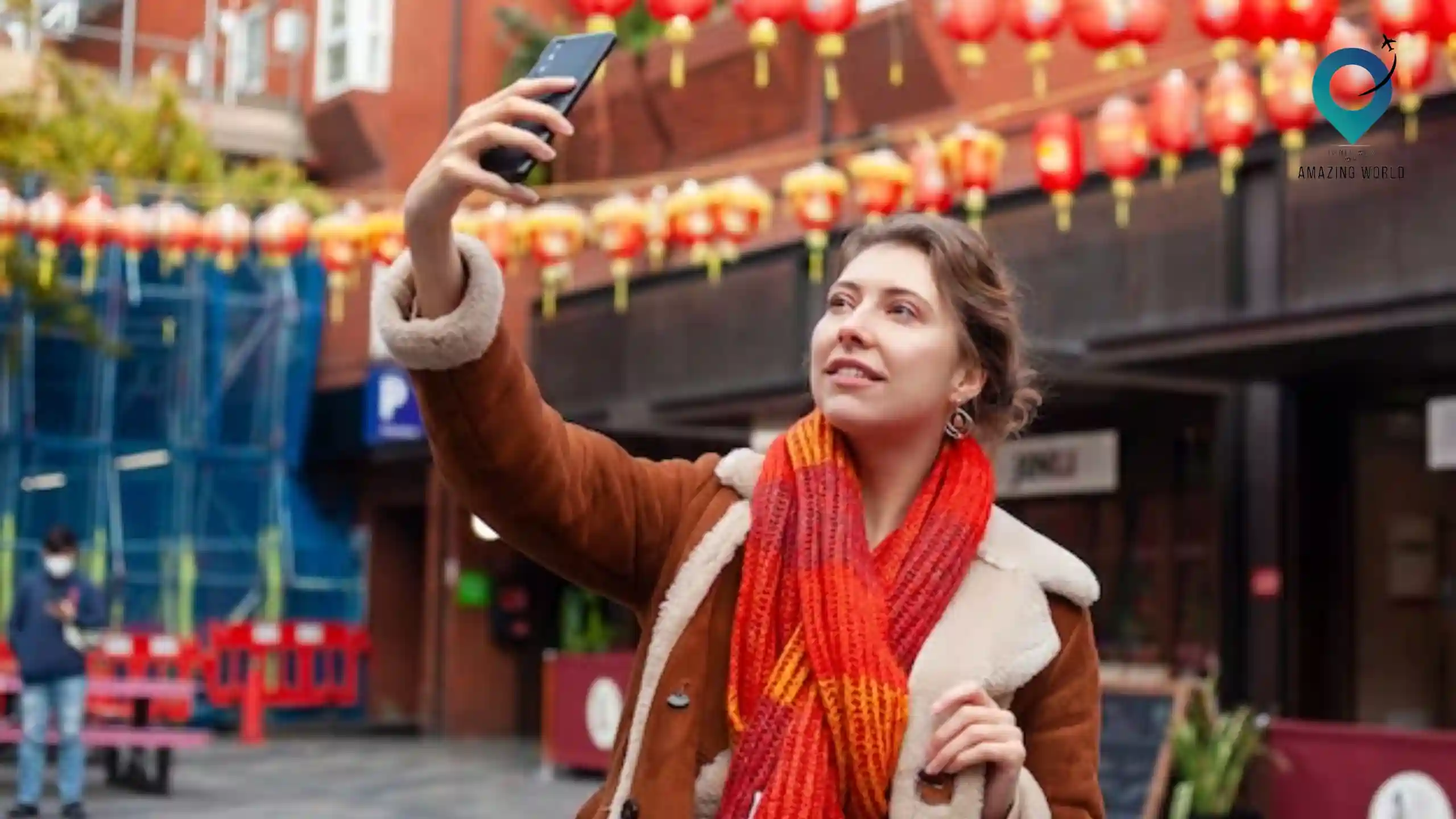
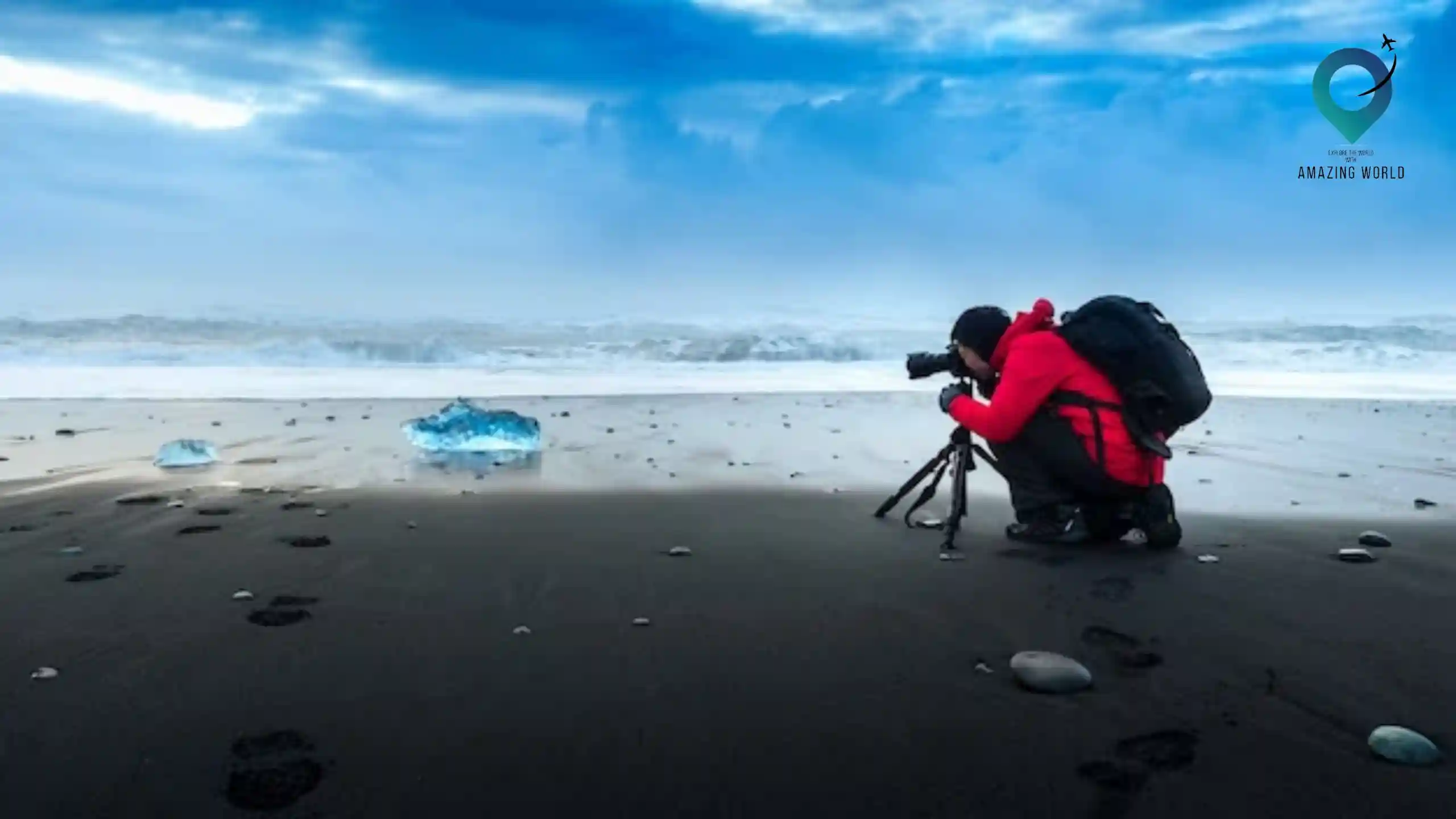
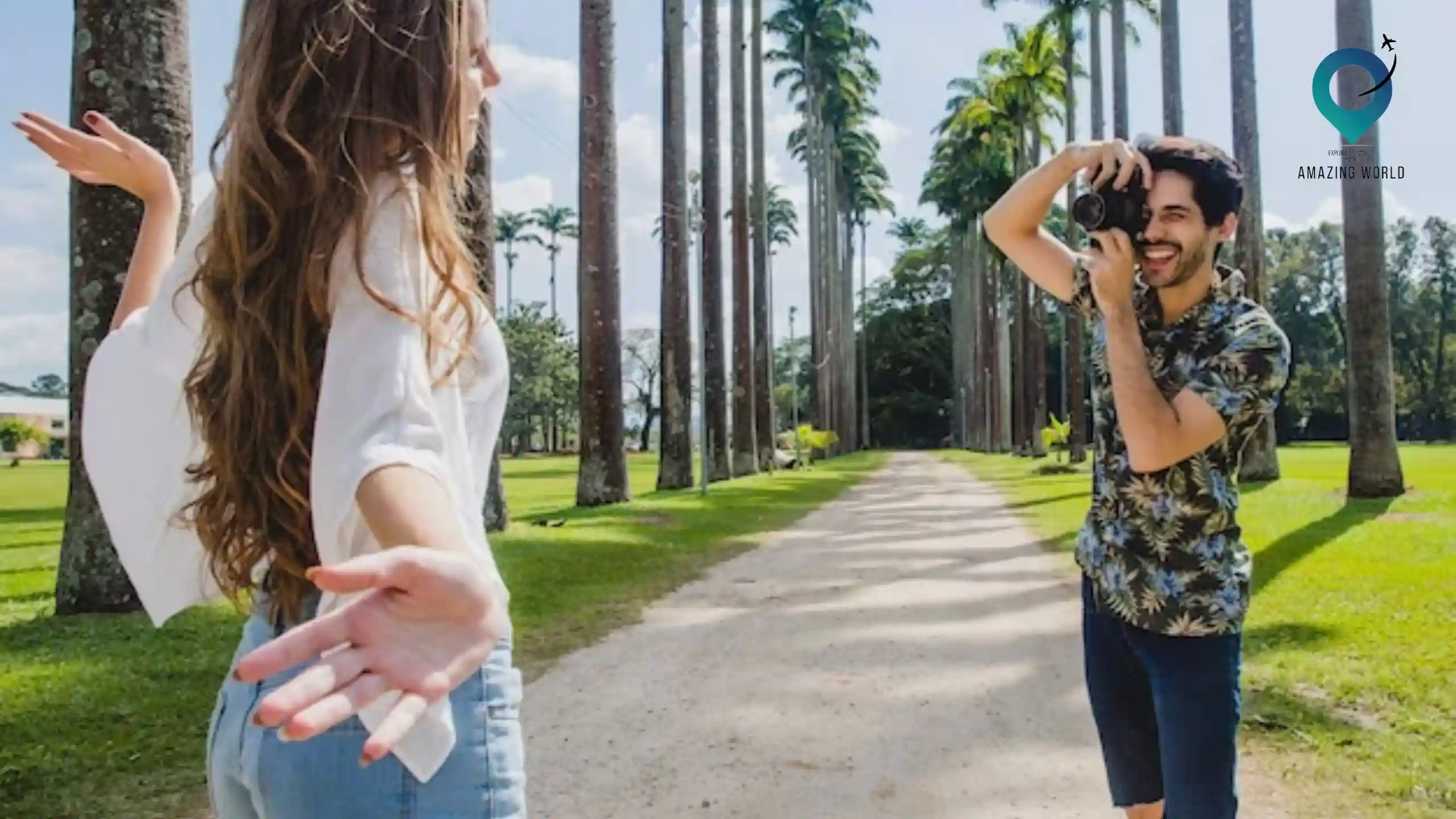
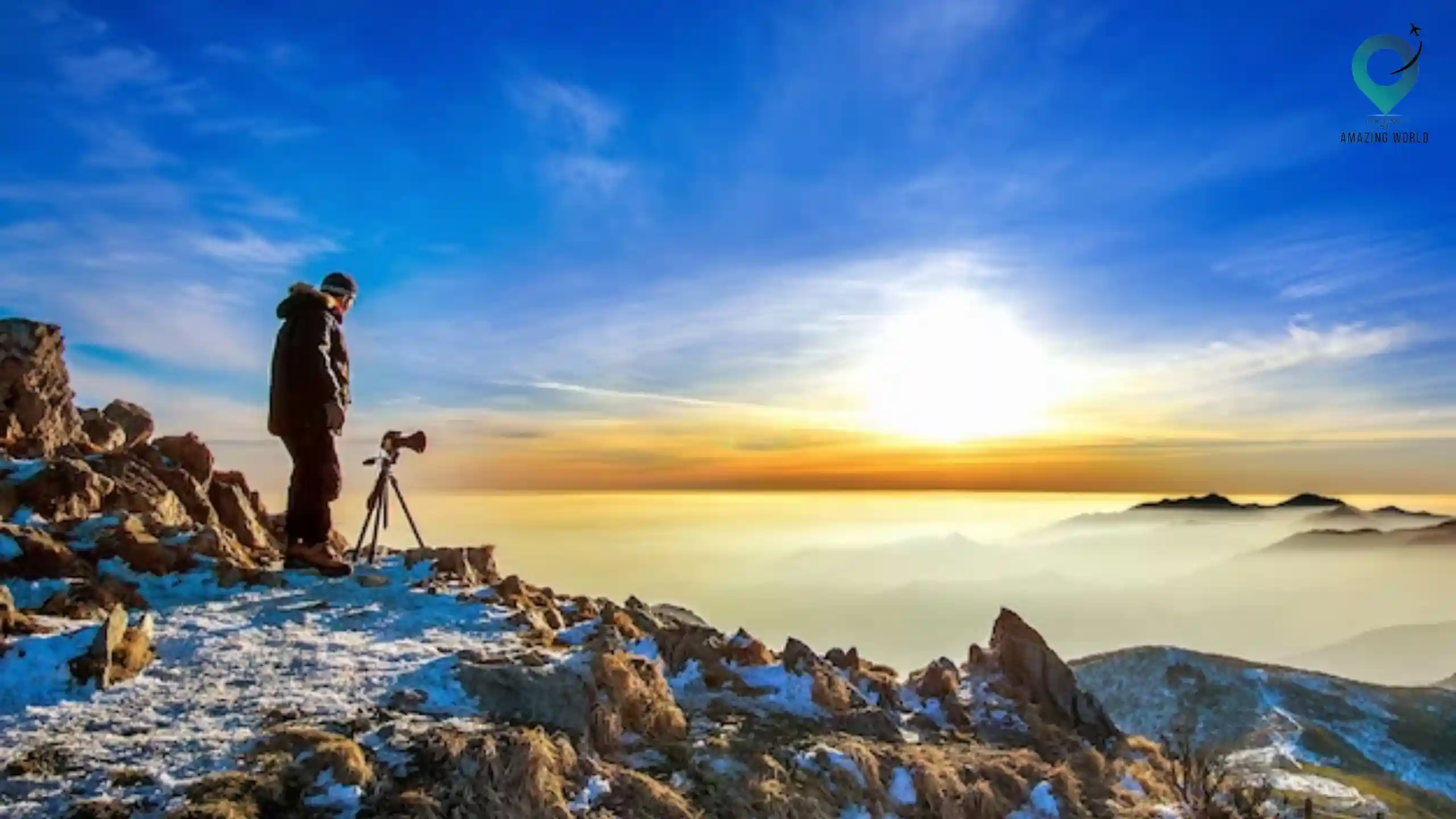

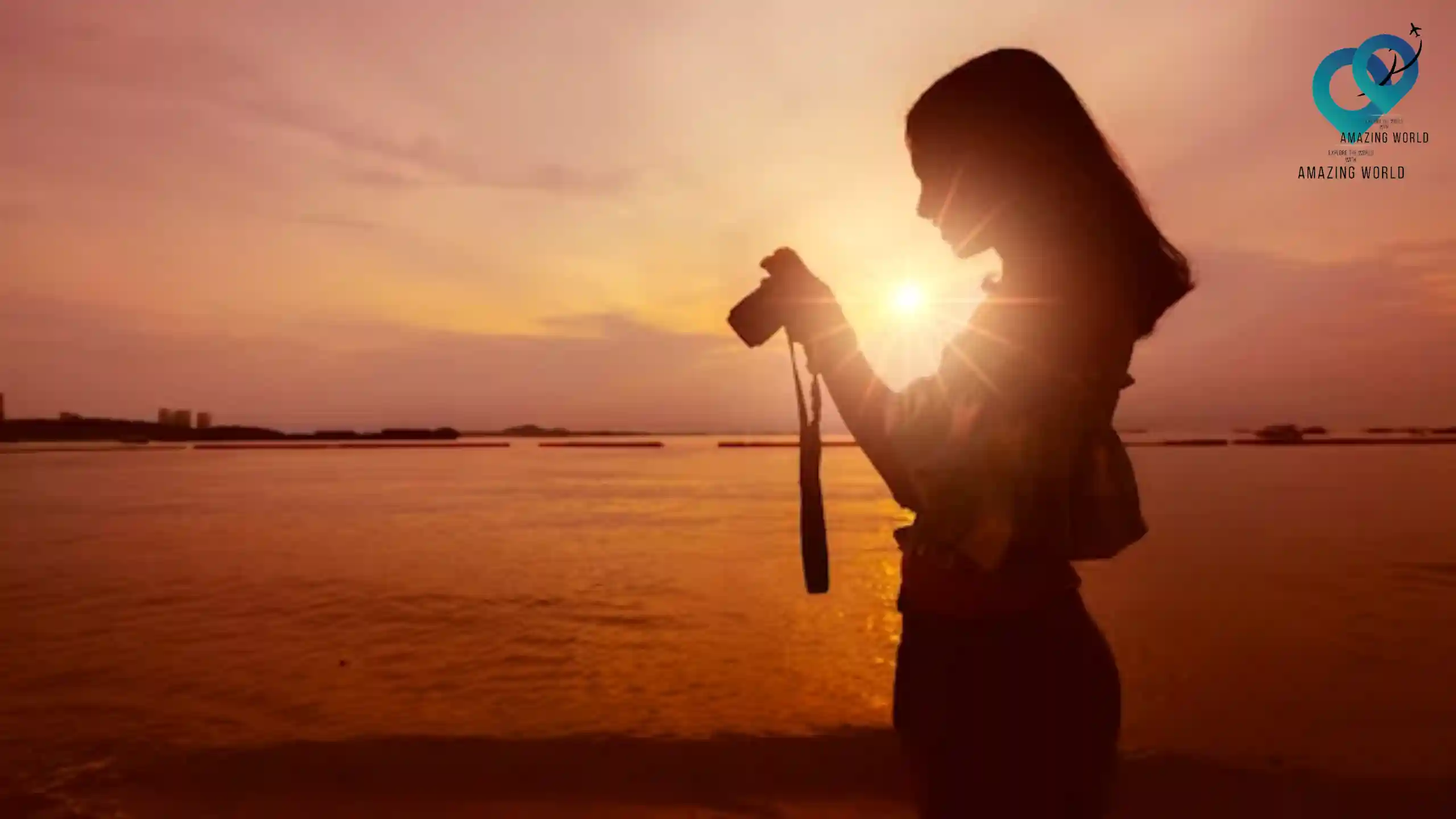
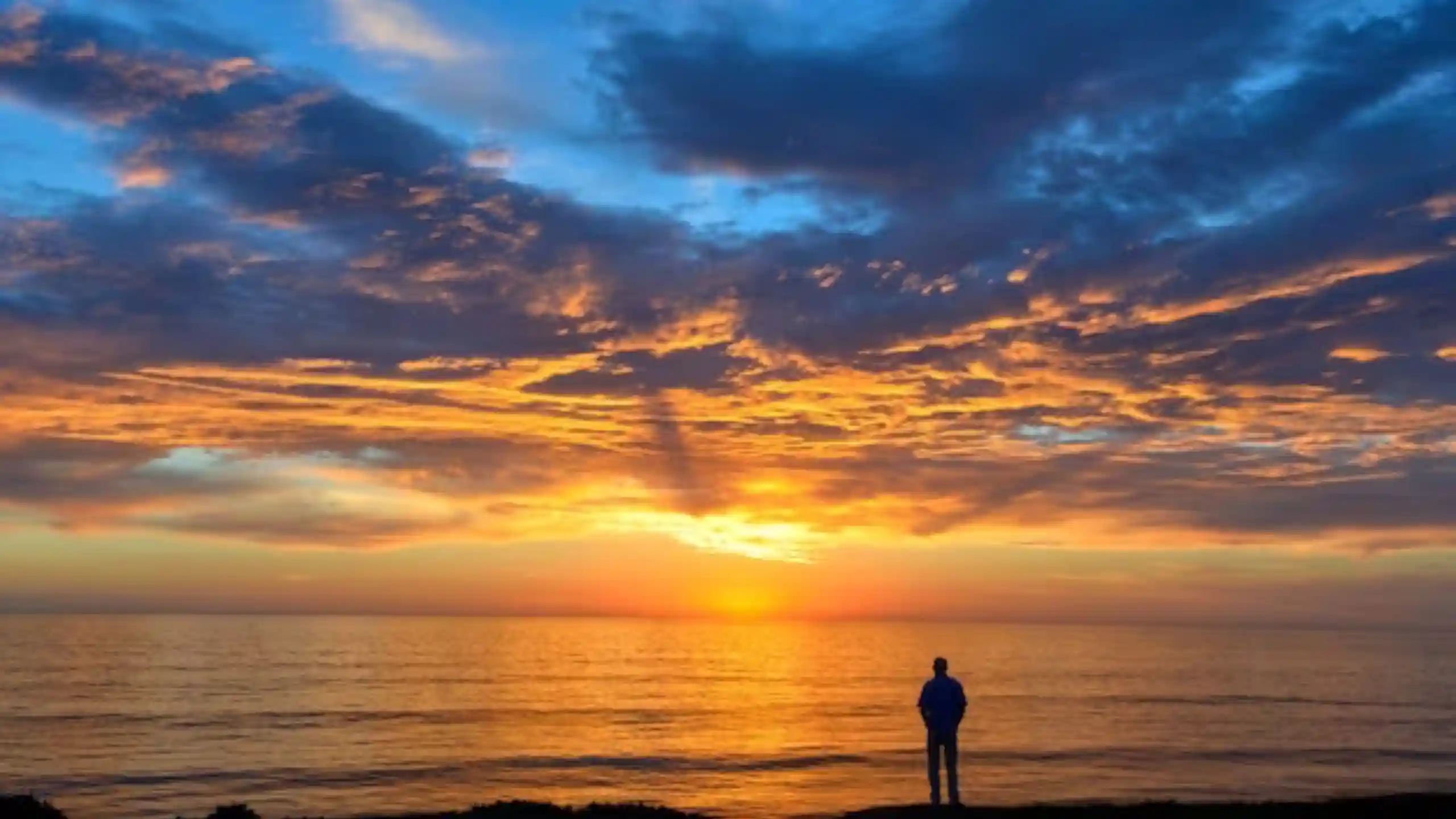
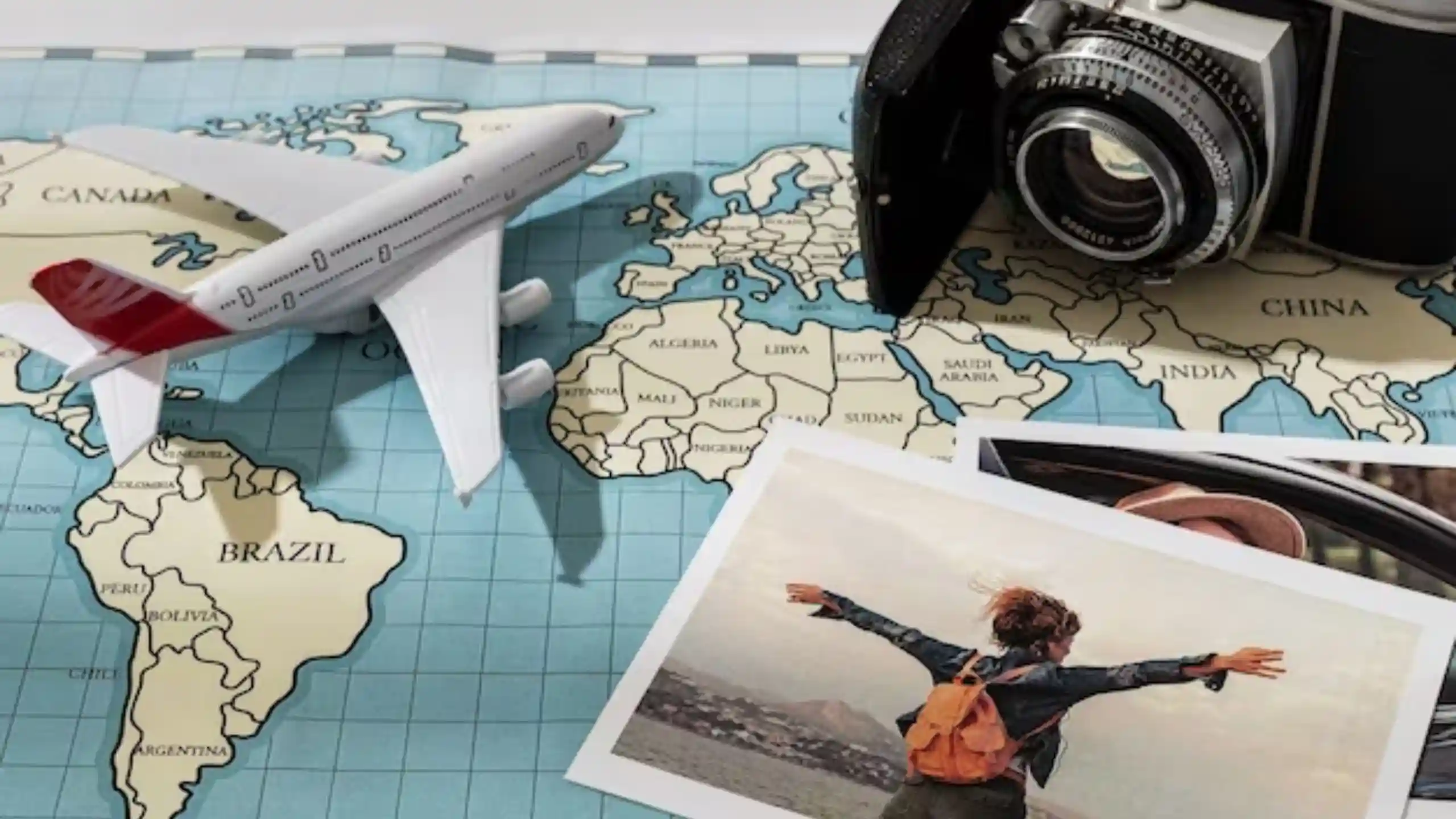
1 comment